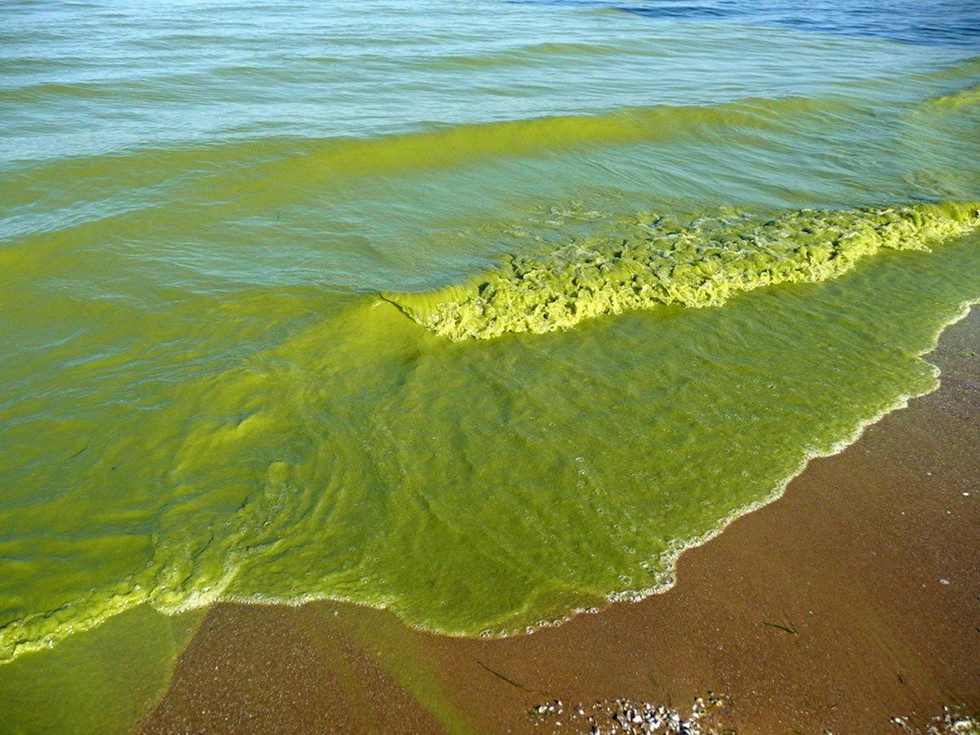About Harmful Algal Blooms (HABs):
- Certain environmental conditions in water bodies can intensify algae growth, causing algal blooms.
- The excessive algal growth becomes visible to the naked eye and can be green, blue-green, red, or brown, depending on the type of algae.
- Algal blooms can happen in fresh, marine (salt), and brackish (a mixture of fresh and salt) water.
- Not all algal blooms are harmful. Most blooms are beneficial because the tiny plants are food for animals in the ocean.
- Blooms with the potential to harm aquatic ecosystems and human health are referred to as HABs.
Why do HABs occur?
- Certain environmental conditions, such as warmer water temperatures in the summer and excessive nutrients from fertilizers or sewage waste brought by runoff, trigger HABs.
- Many different types of algae can cause HABs. However, three types—cyanobacteria, dinoflagellates and diatoms—cause most blooms that make people and animals sick.
What are impacts from HABs?
- HABs can produce toxins which can result in acute or chronic disease in most vertebrates, depending on the type of toxin and amount of toxin absorbed.
- They can damage the environment by depleting the oxygen in the water, which can kill fish and other living creatures.
- HABs that bloom near the water surface can also block sunlight from reaching organisms deeper in the water.
